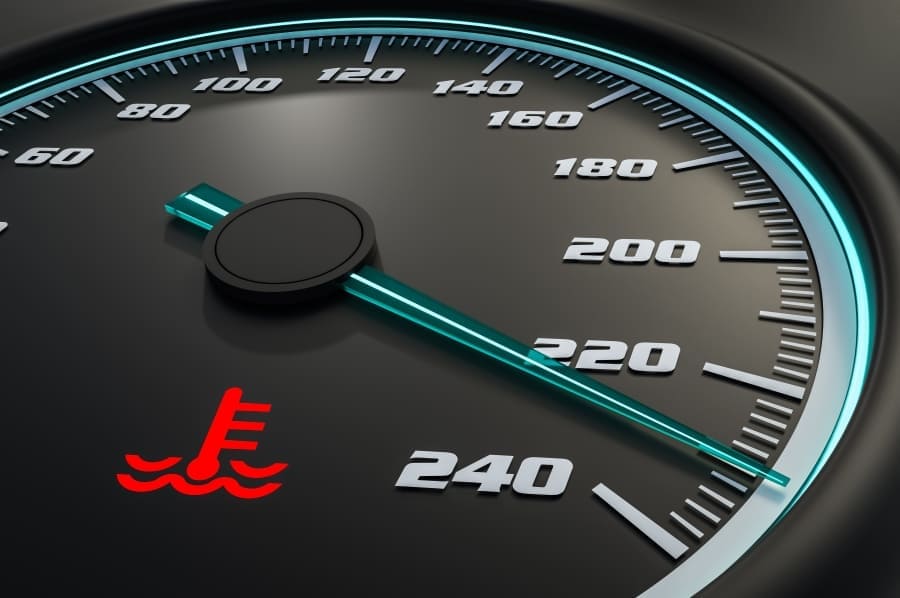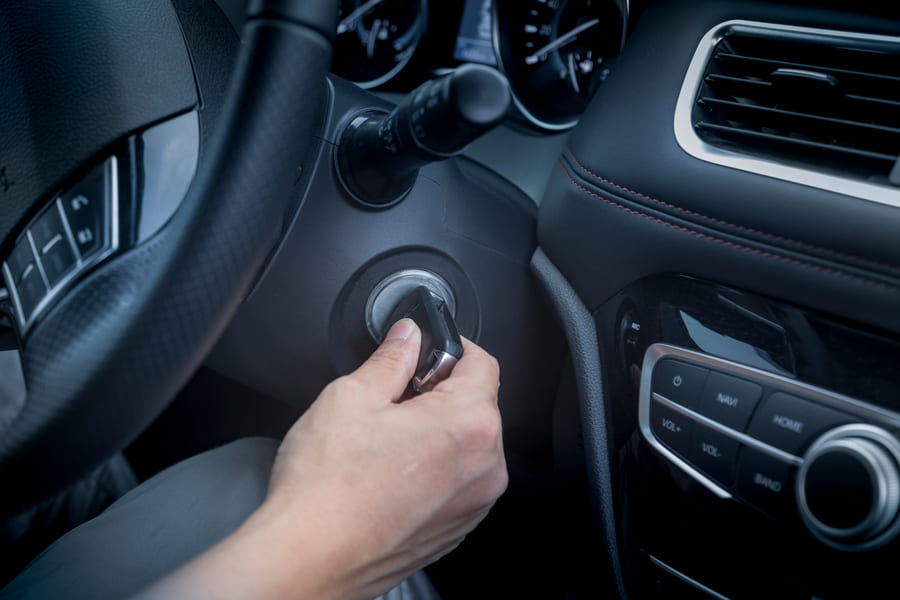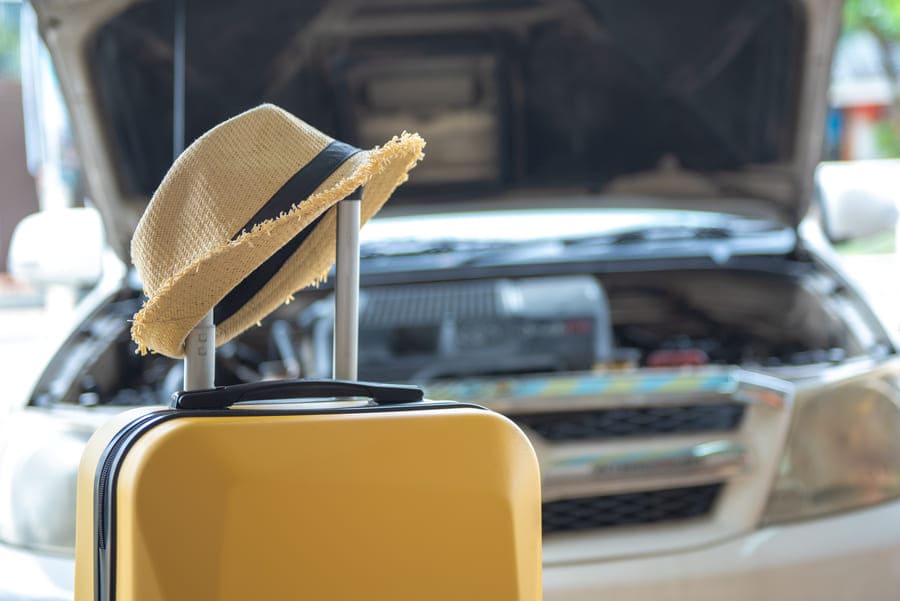
Bus lanes are separated from regular road lanes in order to ensure the free flow of traffic and prevent high congestion in urban areas. This is particularly important in the UK, home to the world’s most congested city – London. The rules regarding who is permitted to drive along these lanes and when are strictly enforced, especially in the larger cities. This guide will help you understand UK bus lane rules and avoid the penalties for using the lanes illegally.
Understanding bus lane signs and markings

Most bus lanes are easily recognisable as they are clearly marked with a dashed or solid white line, and you’ll see “Bus Lane” written in bold white letters. In some areas the lanes are also marked in red to indicate the type of lane or to make it stand out. Dashed lines indicate the start and end of the lane, as well as points where other vehicles can cross it when making a turn or entering a loading bay. Solid white lines mark out the borders that should not be crossed while the lane is in operation.
Usually, there are also blue signs placed next to the bus lanes which indicate their operating hours and days. During these hours, only buses can use them. If there is no sign, you can normally assume that the lane is in continuous operation (24/7), including during public holidays.
When can you use bus lanes?
Any motorist can use the lane as long as it is outside of its operating hours. Pay attention to the hours indicated on the blue sign as this will vary depending on the road, area and bus timetables. The sign will often show two sets of times. If you fail to follow the rules, it could prevent you from passing your driving test or result in a driving penalty.
There are some exceptions to the rules where you may be required to cross into a bus lane while it is in operation. This includes cases where you are forced to do so to avoid an accident or road obstruction, as well as when you need to move out of the way of an ambulance or other emergency vehicle.
Who can use them?
Some are only reserved for buses which are classified as vehicles with a minimum of 10 seats including the driver. For other lanes, licensed taxis, motorcycles, bicycles, mopeds, and scooters may be permitted to use them during operating hours. This will be clearly indicated by the symbols on the blue road sign. If the sign says ‘local’, it means that only local bus services are permitted to drive in the lane.
What are the penalties for driving in a bus lane?
If you are caught misusing bus lanes, you may have to pay what is known as a penalty charge notice (PNC). The fine amount will depend on where you were driving at the time. The fines for these offences are much higher in London and its Congestion Charge Zone. For example, the full PNC fine for offences inside Greater London is £160, compared to just £65 outside of Greater London. If paid within 14 days of the PCN being issued, this fee is reduced to £80 and £30 respectively.
How are these rules enforced?

Rule enforcement depends mostly on the CCTV cameras installed around bus lanes. If the camera detects that vehicle is driving, parking or standing in the bus lane illegally, it will automatically or manually record a video for a minimum of 8 seconds. There is no flash or other warning to notify the motorist of this.
Cameras can either be fixed, remaining in the same position at all times, or mobile where they are only used while the lane is operational. The video footage recorded by the CCTV cameras is normally reviewed by a local traffic enforcement officer and then a PCN is issued within a few weeks depending on the officer’s verdict.
Do you also get penalty points for using bus lanes illegally?
You will not receive any penalty points on your licence for misusing bus lanes. You may also have the chance to appeal any fines if you know the offence didn’t occur, the fine is higher than it should be, or the vehicle was being used without your consent, for example. However, if you fail to pay the PCN, the local authority may take legal action against you.








Comment